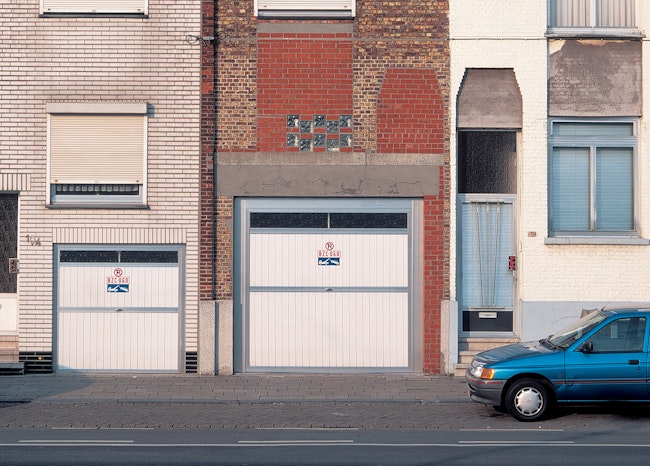Euthanasia for the built environment
Research
Old houses are renovated by young people: the cellar is aired, the roof is isolated, new woodwork and double glazing are installed, a new bathroom is put on top of a new kitchen, wooden floors are sanded, ornaments are repaired...
People try to retain the existing situation, and top it with a modern architectural sauce. So much energy disappears in buildings that were built for a generation of people who were working six days out of seven, when countless brothers and sisters slept in the same bed and when residents either had no spare time or nothing but spare time.
These neighborhoods now form the workspace of the youngest generation of architects, DIY builders and other handymen. In terms of building physique, these old dwellings are ill and need to be cured today by miracle doctors. It is a cancer that is killing the city, a blood clot that is slowly paralyzing the city until it will perish in a coma. It is a lump that can never be cut away entirely.
Despite well-meant efforts, and even after the renovation, these worn-out buildings remain old buildings. They remain houses with a collection of same-size rooms, the middle room of which will never see any daylight. Houses with a staircase that borders on a makeshift rear kitchen and bathroom, with superfluous chimneys and mantelpieces.
For all of these renovations, the Flemish Region, the provincial administration, as well as the city offer a gamut of financial support. The federal government considers the preservation of what already exists even so important that the VAT for renovations is significantly lower than the taxes for new housing development projects. People who build new houses, according to the current rules, norms and needs, are being punished. They have to pay a fine. They have to pay an extra 15% in VAT, because their houses will last longer.
Why not go for durable investments in new buildings or new housing typologies? Why not subsidize houses that are designed for the contemporary and future citizen. Invest in durable structures instead of maintaining old quarters? Why is that the builders who are looking for or even supplying an answer to contemporary housing problems are not rewarded for their efforts? An answer with regard to public space, integrated parking space, the interior areas and new housing typologies for a changing society? If the city wants to be cured from its wasting disease, it will need new blood urgently, a new life with new housing typologies.
Do not let architecture degenerate into the palliative care of urban development.





